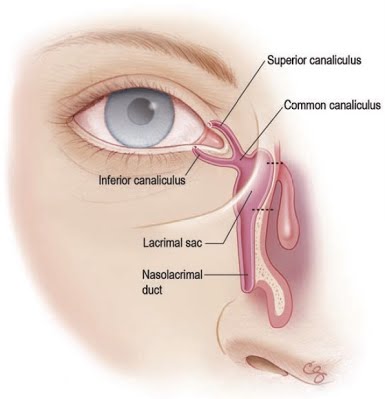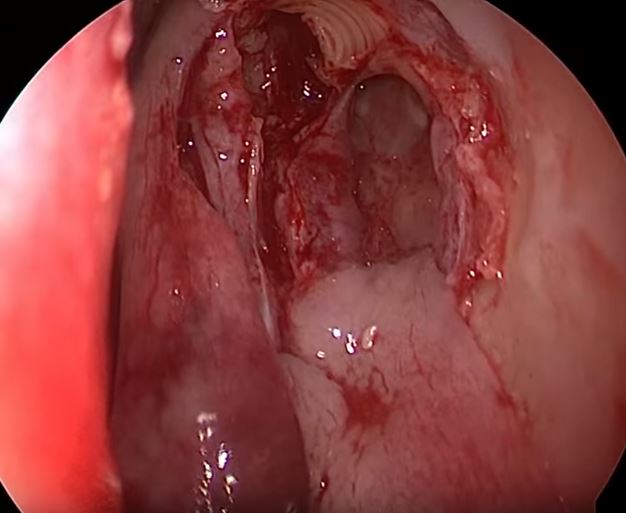Nasal Deformity Rhinoplasty
Tear glands and tear ducts
When you have a blocked tear duct (Nasolacrimal duct block) , your tears can’t drain normally, leaving you with a watery, irritated eye. The condition is caused by a partial or complete obstruction in the tear drainage system.
A blocked tear duct is common in newborns. The condition usually gets better without any treatment during the first year of life. In adults a blocked tear duct may be due to an injury, an infection or a tumor.
A blocked tear duct is almost always correctable. Treatment depends on the cause of the blockage and the age of the affected person.


Symptoms
Signs and symptoms of a blocked tear duct include:
- Excessive tearing
- Redness of the white part of the eye
- Recurrent eye infection or inflammation (pink eye)
- Painful swelling near the inside corner of the eye
- Crusting of the eyelids
- Mucus or pus discharge from the lids and surface of the eye
- Blurred vision
When to see a doctor
See your doctor if you tear constantly for several days or if your eye is repeatedly or continually infected. A blocked tear duct may be caused by a tumor pressing on the tear drainage system.
Causes: Blocked tear ducts can happen at any age. common Causes include:
- Age-related changes. As you age, the tiny openings that drain tears (puncta) may get narrower, causing blockage.
- Infection or inflammation. Chronic infection or inflammation of your eyes, tear drainage system or nose can cause your tear ducts to become blocked.
- Injury or trauma. An injury to your face can cause bone damage or scarring near the drainage system, disrupting the normal flow of tears through the ducts. Even small particles of dirt or loose skin cells lodged in the duct can cause blockage.

Procedure for correction is Endoscopic dacryocystorhinostomy
Endoscopic dacryocystorhinostomy (DCR) is used to treat patients diagnosed with lacrimal sac or nasolacrimal duct obstruction.
under endoscopy guidance nasal mucous membrane is incised and removed, to allow for the creation of a window on the lacrimal sac and upper nasolacrimal duct there by clearing block and dirct drainage of nasal secretions into nose. we may also take help of microdebrider during surgery .Silicone tubes can be inserted to assist long-term patency.
Endoscopic image of peroperative DCR surgery. white arrow indicates opening made on sac and part of duct so that tears can easily drain into nasal cavity
Post operative period care
- sponge packs (merocel) packs kept during surgery are removed after 2-3 days.
- weekly visits with us once a week for 2-3 weeks.patient has to be under oral medication and eye drops for this duration.
- saline nasal douching twice a day till surgeon suggests
- avoid dust exposure for 2 weeks post surgery.
- If silicon tubes are interested they will be removed after 15-30 days.

Contact us
Bayya Hospitals
12-25-192, Bhagath Singh Centre, Kothapet, Guntur, Andhra Pradesh 522001
0863-2225729
+91 6304429294
+91 93819 22827
Useful Links
Consultation Hours
For ENT
Monday – Saturday 9AM – 1:30 Noon,
Evening 5:30PM to 8:00PM
Sunday – CLOSED
For EYE
Monday – Saturday 9AM – 5:00PM
Sunday – CLOSED